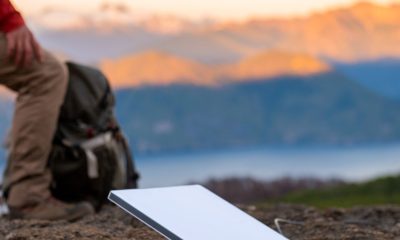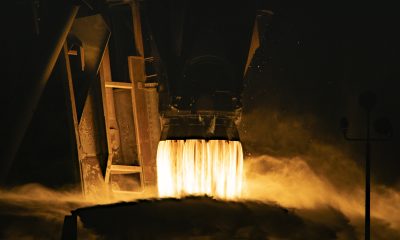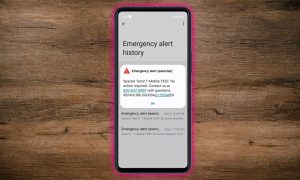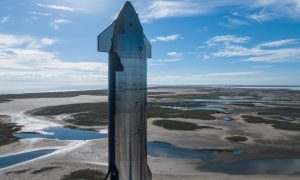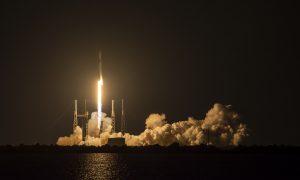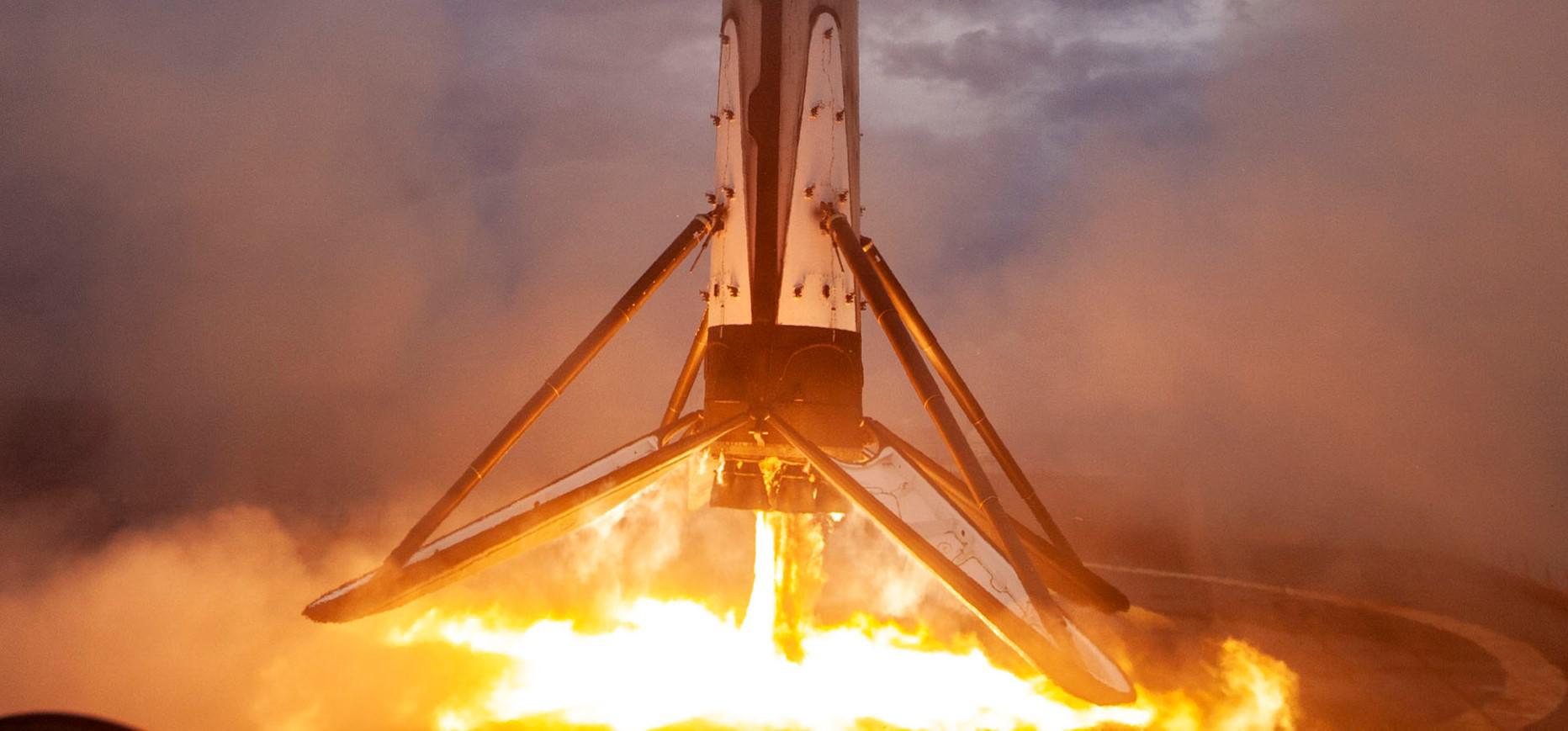

News
SpaceX wins NASA approval to launch astronauts on reused rockets and spacecraft
SpaceX appears to have won NASA’s approval to launch astronauts on reused Falcon 9 rockets and Crew Dragon spacecraft a matter of days after the company’s astronaut launch debut went off without a hitch.
Ever since SpaceX began landing and reusing orbital-class Falcon 9 boosters some 15 months after it won a NASA contract to develop Crew Dragon, the obvious possibility that the two groundbreaking technologies might one day meet has always floated just under the surface. Almost without fail, most joint NASA/SpaceX press conferences will receive a question or two about whether either party is thinking about or working towards astronaut launches on flight-proven spacecraft. Encouraged by the fact that partner Boeing’s separate Starliner spacecraft was sold to NASA with reusability in mind from the start, those questions continued up until (and after) the day SpaceX became the first private company in history to launch astronauts into orbit.
In a wholly unexpected turn of events, a modification to SpaceX’s ~$3.1 billion NASA Commercial Crew Program (CCP) contract was spotted on June 3rd. Without leaving much room for interpretation, the contract tweak states that SpaceX is now “[allowed to reuse] the Falcon 9 launch vehicle and Crew Dragon spacecraft beginning with” its second operational astronaut launch, known as Post Certification Mission-2 (PCM-2) or Crew-2. Given the spectacular, hiccup-free success of SpaceX’s inaugural astronaut launch and International Space Station (ISS) arrival just 3-4 days prior, it’s safe to say that NASA is extremely happy with the results of the mission.
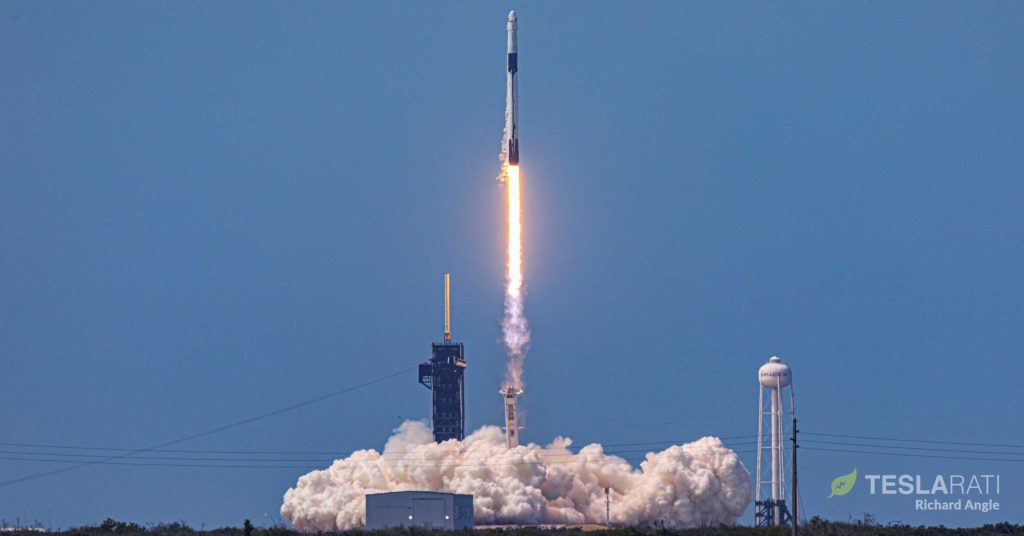
Without a shred of doubt, SpaceX has worked tirelessly for years to earn enough of NASA’s technical trust to permit crewed launches on flight-proven hardware, a possibility that even the optimists in the crowd assumed was distant at best. It has almost always been an uphill battle for SpaceX – a fact made especially clear when framed beside partner Boeing. An inherently conservative organization, NASA has repeatedly given Boeing and its more traditional Starliner spacecraft and development approach the benefit of the doubt while frequently tearing into the nooks and crannies of SpaceX and Crew Dragon over half a decade of cooperation.
While functioning more like an anchor when SpaceX finds itself working with conservative, stubborn organizations like NASA and US military branches, the company’s wholly non-traditional style of development has secured technical success after technical success. Over the course of the second half of SpaceX’s 20-mission NASA Commercial Resupply Services 1 (CRS1) contract, the company has still managed to successfully launch dozens of tons of cargo to the space station with flight-proven spacecraft and boosters. From CRS-11 to CRS-20, five missions featured reused Falcon 9 boosters and all but one of those 10 flights featured once or even twice-flown Cargo Dragon spacecraft.
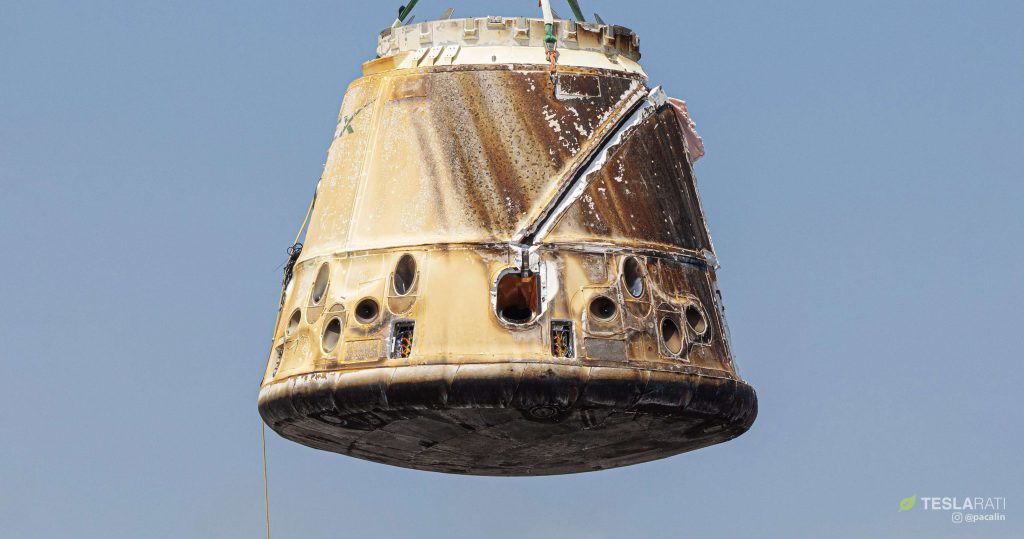
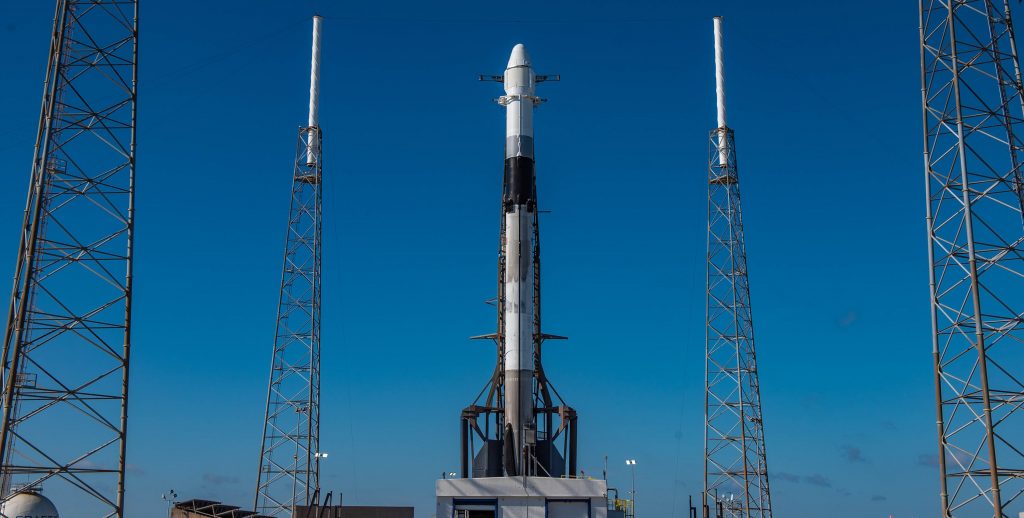
In short, SpaceX has demonstrated more than a dozen times to NASA that it’s fully capable of building, launching, and reusing orbital-class rockets and spacecraft. Additionally, before an unrelated design flaw destroyed the spacecraft during post-recovery testing, SpaceX successfully launched, recovered, and refurbished Crew Dragon capsule C201 in March 2019, demonstrating its dramatically improved reusability. While suborbital, Crew Dragon C205’s January 2020 In-Flight Abort (IFA) test also likely helped demonstrate the new spacecraft’s reusability and gave NASA more experience with the reuse of Falcon 9 Block 5 rockets as B1046’s fourth launch.
Every step along the way, SpaceX has put its money where its mouth is and proven that it’s more than capable of doing what much larger, more traditional companies have only claimed to be capable of – and often months or even years before its competitors and for hundreds of millions to billions of dollars less. While it’s much more likely that NASA has yet to actually certify SpaceX’s Crew Dragon spacecraft and Falcon 9 boosters for flight-proven astronaut launches, the June 3rd contract modification – at a minimum – signifies the space agency’s expeditious intent to do so. What is unambiguous is the schedule it lays out: SpaceX could potentially launch astronauts on a flight-proven rocket and spacecraft as early as its second operational taxi mission to the ISS.
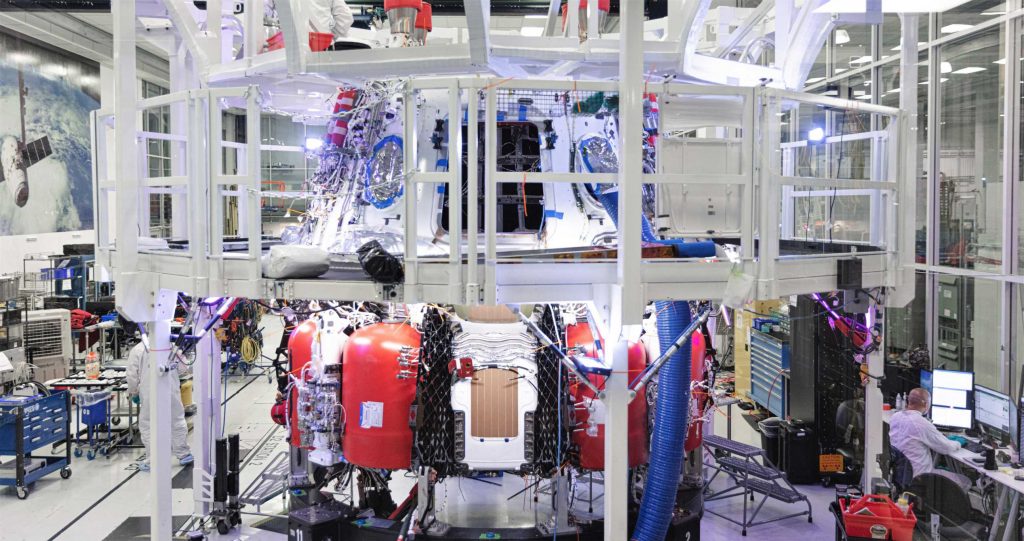
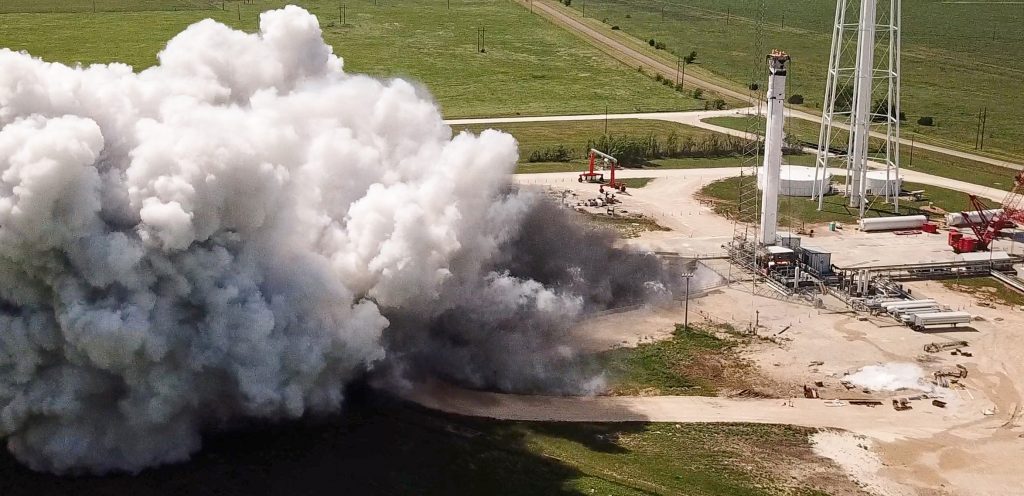
Known as PCM-2 or Crew-2, the mission is scheduled to follow Crew Dragon’s first operational astronaut launch – Crew-1 – by roughly six months. Contingent upon Crew Dragon Demo-2’s safe return of NASA astronauts Bob Behnken and Doug Hurley later this year, Crew-1 is tentatively scheduled to launch on August 30th, although it could potentially launch even sooner. If successful, Crew-2 should follow as soon as mid-2021 and could potentially reuse Crew-1’s Falcon 9 booster and the Demo-2 or Crew-1 Dragon capsule.
Check out Teslarati’s Marketplace! We offer Tesla accessories, including for the Tesla Cybertruck and Tesla Model 3.
Investor's Corner
Tesla Board member and Airbnb co-founder loads up on TSLA ahead of robotaxi launch
Tesla CEO Elon Musk gave a nod of appreciation for the Tesla Board member’s purchase.

Tesla Board member and Airbnb Co-Founder Joe Gebbia has loaded up on TSLA stock (NASDAQ:TSLA). The Board member’s purchase comes just over a month before Tesla is expected to launch an initial robotaxi service in Austin, Texas.
Tesla CEO Elon Musk gave a nod of appreciation for the Tesla Board member in a post on social media.
The TSLA Purchase
As could be seen in a Form 4 submitted to the United States Securities and Exchange Commission (SEC) on Monday, Gebbia purchased about $1.02 million worth of TSLA stock. This was comprised of 4,000 TSLA shares at an average price of $256.308 per share.
Interestingly enough, Gebbia’s purchase represents the first time an insider has purchased TSLA stock in about five years. CEO Elon Musk, in response to a post on social media platform X about the Tesla Board member’s TSLA purchase, gave a nod of appreciation for Gebbia. “Joe rocks,” Musk wrote in his post on X.
Gebbia has served on Tesla’s Board as an independent director since 2022, and he is also a known friend of Elon Musk. He even joined the Trump Administration’s Department of Government Efficiency (DOGE) to help the government optimize its processes.
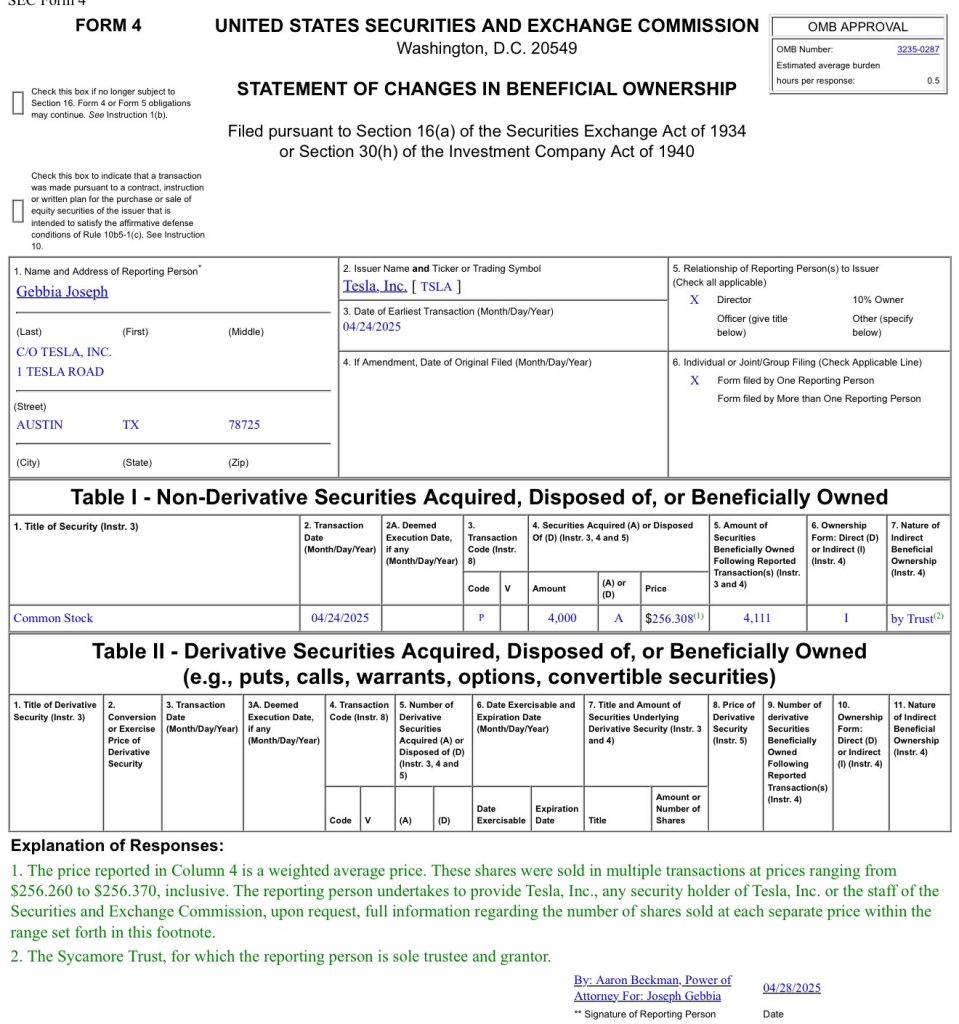
Just a Few Weeks Before Robotaxi
The timing of Gebbia’s TSLA stock purchase is quite interesting as the company is expected to launch a dedicated roboatxi service this June in Austin. A recent report from Insider, citing sources reportedly familiar with the matter, claimed that Tesla currently has 300 test operators driving robotaxis around Austin city streets. The publication’s sources also noted that Tesla has an internal deadline of June 1 for the robotaxi service’s rollout, but even a launch near the end of the month would be impressive.
During the Q1 2025 earnings call, Elon Musk explained that the robotaxi service that would be launched in June will feature autonomous rides in Model Y units. He also noted that the robotaxi service would see an expansion to other cities by the end of 2025. “The Teslas that will be fully autonomous in June in Austin are probably Model Ys. So, that is currently on track to be able to do paid rides fully autonomously in Austin in June and then to be in many other cities in the US by the end of this year,” Musk stated.
News
Stellantis unveils solid-state battery for EVs
Stellantis validated solid state battery cells for EVs: ultra-dense, fast-charging, and AI-optimized. Launching demo fleet by 2026.

Stellantis N.V. and Factorial Energy have validated Factorial’s automotive-sized FEST® solid-state battery cells, a major milestone for next-generation electric vehicle (EV) batteries. The breakthrough positions Stellantis and Factorial to advance EV performance with lighter, more efficient batteries.
“Reaching this level of performance reflects the strengths of our collaboration with Factorial.
“This breakthrough puts us at the forefront of the solid-state revolution, but we are not stopping there. We continue working together to push the boundaries and deliver even more advanced solutions, bringing us closer to lighter, more efficient batteries that reduce costs for our customers,” said Ned Curic, Stellanti’s Chief Engineering and Technology Officer.
The 77Ah FEST® cells achieved an energy density of 375Wh/kg, supporting over 600 cycles toward automotive qualification. Unlike lithium-ion batteries, these solid-state cells charge from 15% to over 90% in 18 minutes at room temperature and deliver high power with discharge rates up to 4C. Factorial’s AI-driven electrolyte formulation enables performance in temperatures from -30°C to 45°C (-22°F to 113°F), overcoming previous solid-state limitations.
“Battery development is about compromise. While optimizing one feature is simple, balancing high energy density, cycle life, fast charging, and safety in an automotive-sized battery with OEM validation is a breakthrough,” said Siyu Huang, CEO of Factorial Energy. “This achievement with Stellantis is bringing next-generation battery technology from research to reality.”
The collaboration optimizes battery pack design for reduced weight and improved efficiency, enhancing vehicle range and affordability. Stellantis invested $75 million in Factorial in 2021 and plans to integrate these batteries into a demonstration fleet by 2026. This fleet will validate the technology’s real-world performance, a critical step toward commercialization.
The milestone aligns with Stellantis’ push for sustainable EV solutions, leveraging Factorial’s disruptive technology to meet the rising demand for high-performance batteries. As the companies refine pack architecture, the validated cells promise faster charging and greater efficiency, potentially reshaping the EV market. With the demonstration fleet on the horizon, Stellantis and Factorial are poised to lead the solid-state battery push, delivering cost-effective, high-range EVs to consumers.
News
Tesla China vehicle registrations rise 51% in April’s fourth week
In the week ending April 27, Tesla China saw 10,300 new vehicle registrations.

Tesla China’s new vehicle registrations saw a notable rise in the week of April 21-27, 2025. Over the week, the electric vehicle maker’s registrations saw an impressive 51% week-over-week rise, suggesting that domestic vehicle deliveries are on the rise once more.
Tesla China Results
In the week ending April 27, Tesla China saw 10,300 new vehicle registrations. This represents a notable rise from the company’s registration numbers in the past weeks of April. For context, Tesla China saw 3,600 registrations in the week ending April 6, 5,400 registrations in the week ending April 13, and 6,780 registrations in the week ending April 20, 2025.
Considering that April is the first month of the second quarter, expectations were high that Tesla China was allocating Giga Shanghai’s output for vehicle exports. With 10,300 registrations in the week ending April 27, however, it would appear that the company’s domestic deliveries are picking up once more.
Tesla China does not report its weekly sales figures, though a general idea of the company’s overall perforce in the domestic auto sector can be inferred through new vehicle registrations. Fortunately, these registrations are closely tracked by industry watchers, as well as some local automakers like Li Auto.
Tesla Model 3 and Model Y in Focus
Tesla China produces the Model Y and Model 3 in Giga Shanghai. Both vehicles are also exported from China to foreign territories. As per industry watchers, it would appear that both the Model 3 and Model Y saw an increase in registrations in the week ending April 27.
The Model 3, for one, appears to have seen 3,200 registrations in the week ending April 27, a 14% increase from the 2,800 that were registered in the week ending April 20. For context, Tesla China saw just 1,500 new Model 3 registrations in the week ending April 13 and 1,040 registrations in the week ending April 6.
The Model Y, on the other hand, saw 7,100 registrations in the week ending April 27. That’s a 77.5% increase from the 4,000 that were registered in the week ending April 20. Tesla also saw 3,900 registrations in the week ending April 13, and 2,540 registrations in the week ending April 6, 2025.
-

 News1 week ago
News1 week agoTesla’s Hollywood Diner is finally getting close to opening
-

 Elon Musk2 weeks ago
Elon Musk2 weeks agoTesla doubles down on Robotaxi launch date, putting a big bet on its timeline
-

 News4 days ago
News4 days agoTesla is trying to make a statement with its Q2 delivery numbers
-

 News2 weeks ago
News2 weeks agoTesla’s top investor questions ahead of the Q1 2025 earnings call
-

 News2 weeks ago
News2 weeks agoUnderrated Tesla safety feature recognized by China Automotive Research Institute
-

 News2 weeks ago
News2 weeks agoTesla reveals its Q1 Supercharger voting winners, opens next round
-

 Investor's Corner7 days ago
Investor's Corner7 days agoLIVE BLOG: Tesla (TSLA) Q1 2025 Company Update and earnings call
-

 News2 weeks ago
News2 weeks agoTesla police fleet saves nearly half a million in upkeep and repair costs



